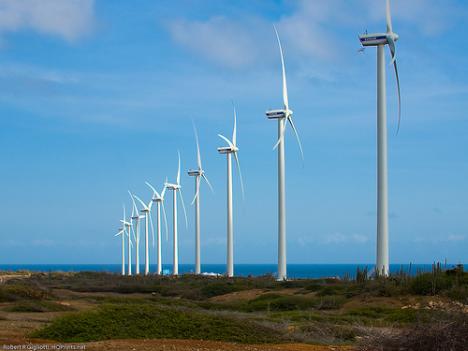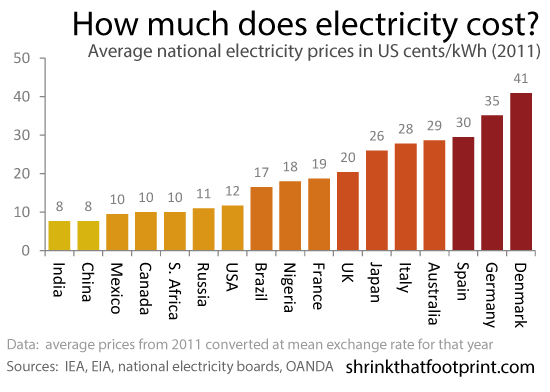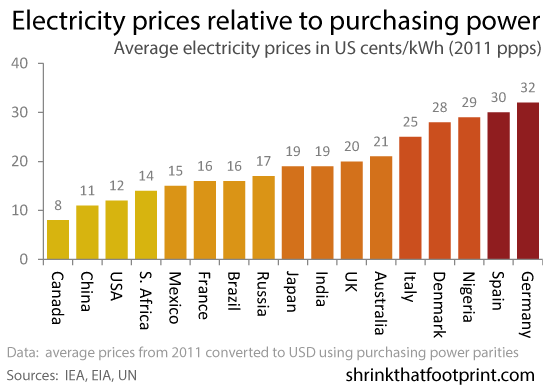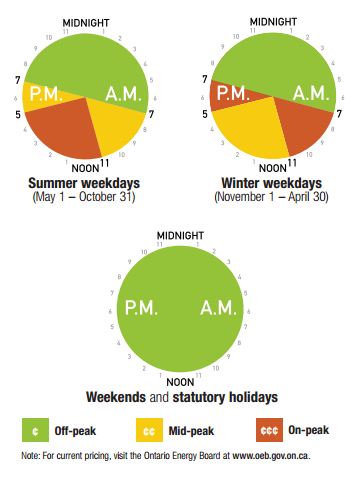Last month, CBS ran a piece on 60 Minutes called “The Cleantech Crash” about the wasteful decline of companies coined as Cleantech industries (a generic term for industries in alternative energy). In 2011, President Barack Obama funded approximately $100 billion into developing Cleantech industries hoping such an investment would spark innovation, development, and ultimately, jobs. According to 60 Minutes, this expensive project turned out to be a large mistake funded by taxpayer dollars. Several companies like Abound Power, Beacon Power, Range Fuels, ECOtality and a host of others went under, which begs the question whether clean, renewable technologies will ever become a viable alternative given what was seemingly a massive failure.
After CBS aired that segment, they received quite a lot of harsh criticism from many experts within the green industry, even the US Department of Energy called it “flat wrong”. Although there were a number of Cleantech companies that went under, the segment failed to mention the resounding success stories that emerged from Cleantech funding. The American solar industry (which had benefited from the $100 billion US government funding) has grown dramatically since 2008. According to Slate Magazine, there were more solar power installations in 2013 alone than in the previous 20 years combined. Employment in the solar industry grew 10 times faster than the US average; it now employs more people than the natural gas and coal industries combined.
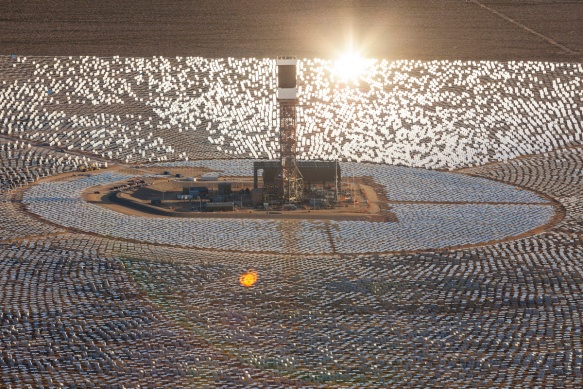
Ivanpah Solar Electric Generating System in California, the word’s largest solar thermal facility is now operational.
Clearly, such growth is not an indication of decline and decay, but rather, a sign of strength and stability, and it isn’t stopping there. According to Mercom Capital Group, an Austin based clean energy firm, US solar energy generation is projected to increase by another 6,000 MW in 2014 alone!
It isn’t just the solar industry that has benefited from Cleantech funding; wind power has also grown substantially in recent years. According to the American Wind Energy Association (AWEA), the cost of generating wind power has decreased by more than 40% in only 4 years, and at the end of 2013, there was an additional 12,000 MW of planned generation under construction. Furthermore, the vast majority of the additional wind power capacity will be coming from onshore wind turbines; the US has barely tapped the potential from offshore wind generation, where wind speeds are greater and more consistent.

Shepherds Flat Wind Farm in Oregon, the second largest of its kind in the US began operations in 2012.
During the 60 Minutes segment, reporter Leslie Stahl lists a whole group of companies that failed even though they received funding from the federal government. It is understandable that some would oppose the US government’s handling of Cleantech given that so many government subsidies were wasted on projects that never left the ground, but if that’s all it takes for collective outrage, the fossil fuel industries should never hear the end of it.
According to Businessweek, when it comes to government subsidies worldwide, coal, oil and gas have received more than $400 billion in 2010 alone. That same year, renewable energy industries received a comparatively small $60 billion. Additionally, every year, the US government subsidises coal, oil and gas by as much as $50 billion if the cost of securing oil reserves in the politically volatile Middle East are included and for what? A 2009 study conducted by the National Academy of Sciences reported that burning fossil fuels costs the US around $120 billion a year in health related costs and thousands of premature deaths. In essence, the American taxpayer is giving $50 billion to some of the wealthiest corporations only to have them contaminate the environment making them sick and slowly killing them. Additionally, the costs resulting from the effects of global warming have yet to be fully quantified with no realistic estimate available. Even so, I can’t imagine that it would be a small figure.

Fossil fuel industries receive far more in government subsidies than Cleantech.
It seems rather blind and contradictory to condemn the US government for subsidising Cleantech while remaining silent over the subsidies given to oil, coal and natural gas. In the worst case scenario, subsidising a renewable energy project could result in wasted money; subsidising oil, coal or natural gas could result in an environmental disaster and wasted money. Since there is a fixed amount of things we can burn, it seems rather obvious that some kind of an investment into Cleantech industries will be necessary now and in the future.
It is very clear then that calling Cleantech a failure is far too premature, and from the projections and potential for growth, it seems as though Cleantech has a great future ahead. Although there were some bumps along the way, the journey is far from over, and the experiment continues. Just because the first attempt wasn’t a resounding success, it doesn’t mean that any future attempt is doomed to fail. Like many industries, those behind Cleantech are still learning and adapting with the best yet to come. The present has already proven Leslie Stahl a little premature in her judgments, I’m certain time will prove her completely wrong.















